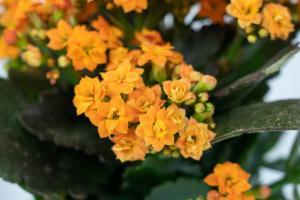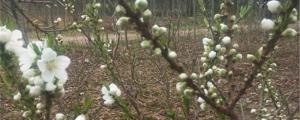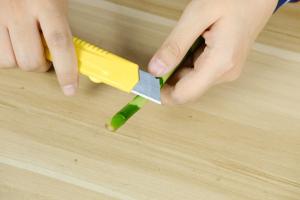How to Care for House Plants: Palm Trees
House plants are a beautiful and practical addition to any home, providing a touch of nature that can help create a calming and welcoming atmosphere. Among the most popular types of house plants are palm trees, which instantly add a touch of tropical flair to any room. If you're considering adding palms to your indoor plant collection, or already have one and want to learn how to care for it properly, read on for some tips.
Lighting and Placement
Palm trees need bright, indirect light to thrive. They should be placed near a window that provides plenty of sunlight, but not in direct sunlight, as this can scorch their leaves. If you don't have a spot in your home that receives enough light, you can supplement it with artificial lighting, such as a grow light. As for placement, palms do best in rooms with plenty of space and good air circulation. Avoid placing them next to heating or cooling vents, as this can dry out their leaves.
Watering
Proper watering is essential to keeping your palm tree healthy. Unlike some other house plants, palms don't like their soil to dry out completely but they also don't like to be sitting in water. As a general rule, you should water your palm tree once a week, but you should adjust the frequency based on the size of the tree and the conditions in your home. To check if your palm needs water, stick your finger an inch into the soil. If it feels dry, it's time to water.
Humidity
Most palm trees are native to tropical regions, which means they thrive in a humid environment. To keep your palm tree happy, you should aim to keep the humidity level in your home between 40% and 60%. You can do this by placing a tray of water near the plant or by using a humidifier. If you live in a particularly dry climate, you may need to mist your palm tree's leaves daily to keep them from drying out.
Fertilizing
Palm trees need regular fertilization to maintain their health and vitality. You should feed your palm tree a balanced, slow-release fertilizer every two to three months. Be sure to follow the instructions on the fertilizer package carefully, as over-fertilization can damage your palm tree's roots. If you notice that your palm tree's leaves are turning yellow, it may be a sign that it needs more fertilizer.
Pest Control
Palm trees are generally not susceptible to many pests, but there are a few that you should watch out for. Spider mites and mealybugs are common palm tree pests, and they can be treated with a solution of dish soap and water. You can also use neem oil or insecticidal soap to control infestations. If your palm tree becomes infested with pests, it's important to act quickly to prevent them from spreading to other plants in your home.
By following these simple tips, you can keep your palm trees healthy and looking their best. Remember to give them plenty of light and space, keep them properly watered, and provide them with the right amount of humidity and fertilizer. With a little attention and care, your palm trees will thrive and bring a touch of the tropics to your home for years to come.

 how many times do yo...
how many times do yo... how many planted tre...
how many planted tre... how many pine trees ...
how many pine trees ... how many pecan trees...
how many pecan trees... how many plants comp...
how many plants comp... how many plants can ...
how many plants can ... how many plants and ...
how many plants and ... how many pepper plan...
how many pepper plan...
































